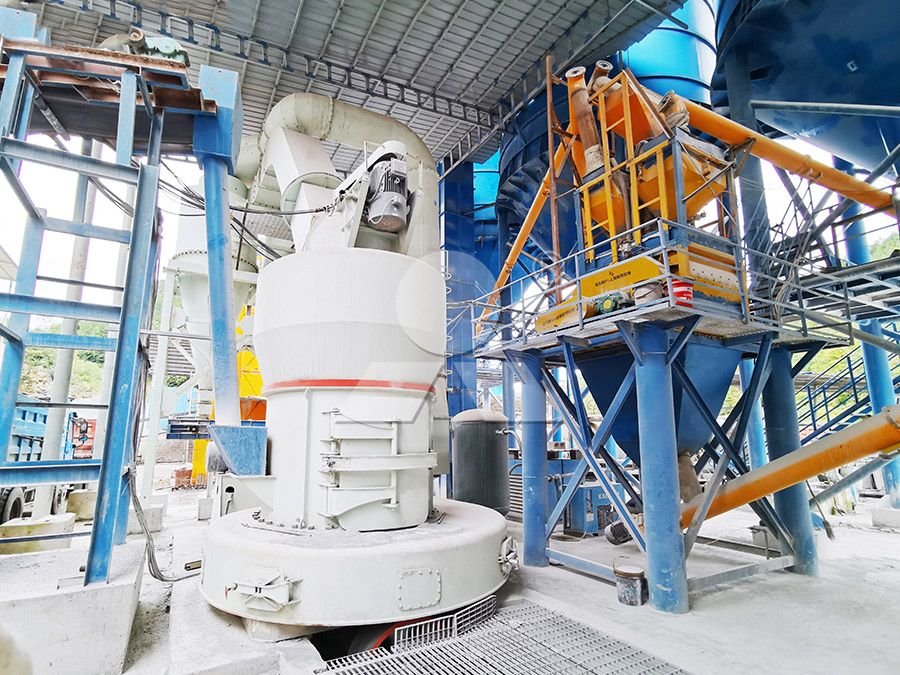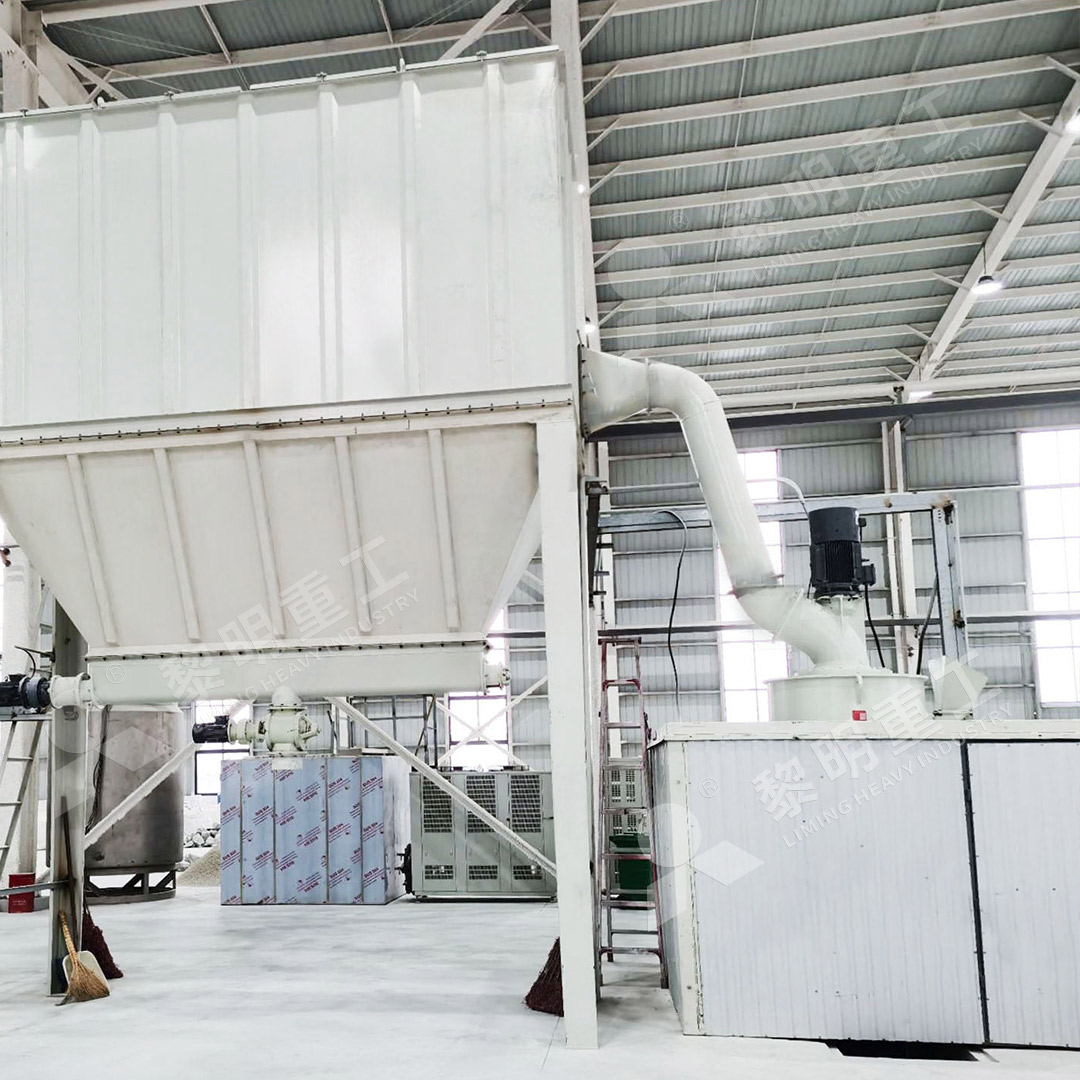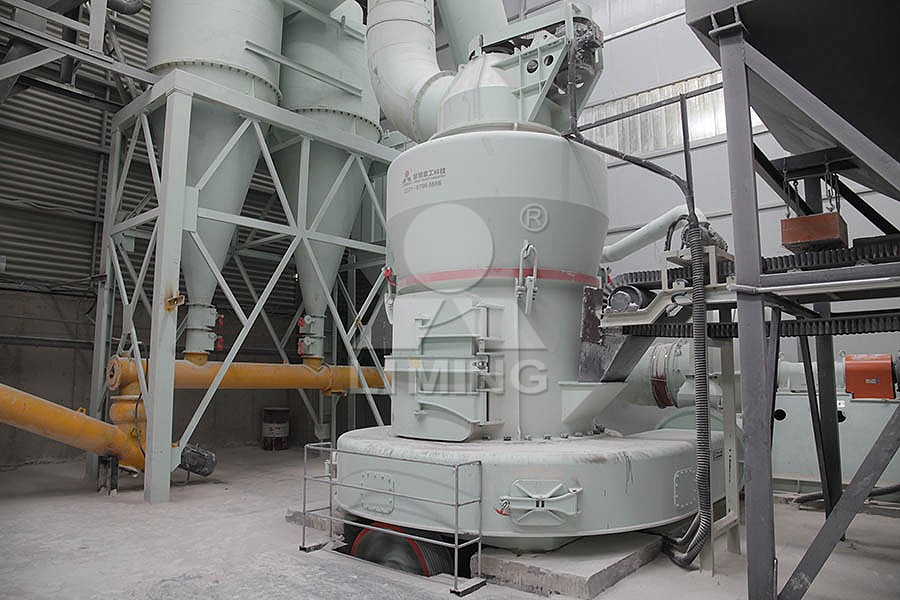Talc Powder in Friction Materials: Applications and Benefits
Talc Powder in Friction Materials: Applications and Benefits
In the demanding world of friction materials, where performance, safety, and durability are non-negotiable, the selection of raw materials is a critical determinant of success. Among the various functional fillers and modifiers, talc powder stands out for its unique combination of properties that significantly enhance the performance of brake pads, clutch facings, and other friction components. Its role is far from being a simple space-filler; it is a strategic ingredient that engineers leverage to fine-tune material behavior.

The Multifunctional Role of Talc in Friction Formulations
Talc, a hydrated magnesium silicate, possesses a platy, lamellar structure. This inherent morphology is the source of its benefits in friction materials. Firstly, it acts as a solid lubricant. The plate-like particles can slide over one another under pressure and shear, helping to stabilize the coefficient of friction, reduce noise, and minimize judder. This leads to a smoother, quieter braking experience—a key quality metric for automotive manufacturers.
Secondly, talc serves as a reinforcing agent. Its particles help to bind the complex mixture of resins, fibers, and abrasives together, improving the structural integrity and mechanical strength of the final composite. This reinforcement contributes to the material’s resistance to cracking and chipping under the extreme thermal and mechanical stresses experienced during braking. Furthermore, talc is thermally stable, helping to maintain the material’s performance across a wide temperature range without significant degradation.
The Critical Importance of Particle Size and Purity
The efficacy of talc in a friction formulation is heavily dependent on its particle size distribution and purity. Ultrafine talc powders with a controlled, narrow particle size range offer superior performance. Finer particles provide a more uniform dispersion within the matrix, leading to more consistent friction properties and better surface contact. Impurities, such as hard, abrasive minerals, can be detrimental, causing increased wear on brake rotors and generating unwanted noise.
This is where advanced milling technology becomes indispensable. Achieving the desired ultra-fine, consistent grind for high-performance talc requires precision engineering. For producers seeking to create premium talc powders specifically for the friction industry, equipment like the MW Ultrafine Grinding Mill is an excellent solution. This machine is engineered for customers who need to make ultra-fine powder, handling an input size of 0-20 mm with a capacity ranging from 0.5 to 25 tph. Its design ensures higher yielding and lower energy consumption, with a production capacity 40% higher than jet mills under the same fineness and power. Crucially, its cage-type powder selector allows for precise fineness adjustment between 325 and 2500 meshes, ensuring the talc powder meets the exact specifications required for sensitive friction applications.

Benefits Beyond Performance: Operational and Environmental Advantages
From a manufacturing standpoint, the use of talc also offers processing benefits. It can improve the mix flow characteristics during the molding process, leading to more uniform density in the final pressed component. This consistency is vital for achieving predictable and reliable performance in every batch.
Operational efficiency for talc processors is also paramount. The LUM Ultrafine Vertical Grinding Mill presents another robust option, integrating grinding, grading, and transporting. With an input size of 0-10 mm and a capacity of 5-18 tph, the LUM mill is designed for higher yielding rates and better quality powder. Its more energy-saving multi-head powder separating technology and double position-limiting technology make operation more stable and reduce energy consumption by 30%-50%, which directly lowers production costs and environmental impact. Both the MW and LUM mills are equipped with efficient pulse dust collectors and mufflers, ensuring that the entire production process is organized according to national environmental protection standards, with minimal dust and noise pollution.
Conclusion
In conclusion, talc powder is a versatile and invaluable component in modern friction materials. Its ability to lubricate, reinforce, and stabilize friction performance makes it a key ingredient for achieving the quiet, safe, and durable braking systems that consumers and regulators demand. The quality of the final talc product, governed by advanced grinding technology like the MW and LUM mills, is a direct contributor to this high-performance outcome.

Frequently Asked Questions (FAQ)
Why is talc used in brake pads?
Talc is used primarily as a solid lubricant and reinforcing agent. Its plate-like structure helps stabilize friction, reduce noise (NVH – Noise, Vibration, and Harshness), and improve the structural integrity of the brake pad composite.
How does the fineness of talc powder affect friction material performance?
Finer, more consistent talc powder ensures better dispersion within the friction matrix, leading to more uniform friction properties, reduced rotor wear, and improved overall performance and consistency of the brake pad.
What are the key features to look for in grinding equipment for producing friction-grade talc?
Key features include the ability to produce a consistent, ultra-fine powder (e.g., 325-2500 mesh), high energy efficiency, low maintenance design (e.g., no rolling bearings in the grinding chamber), and integrated environmental controls for dust and noise reduction.
Can talc withstand the high temperatures in braking systems?
Yes, talc is thermally stable and can maintain its properties across the typical operating temperature range of braking systems, contributing to consistent performance.
